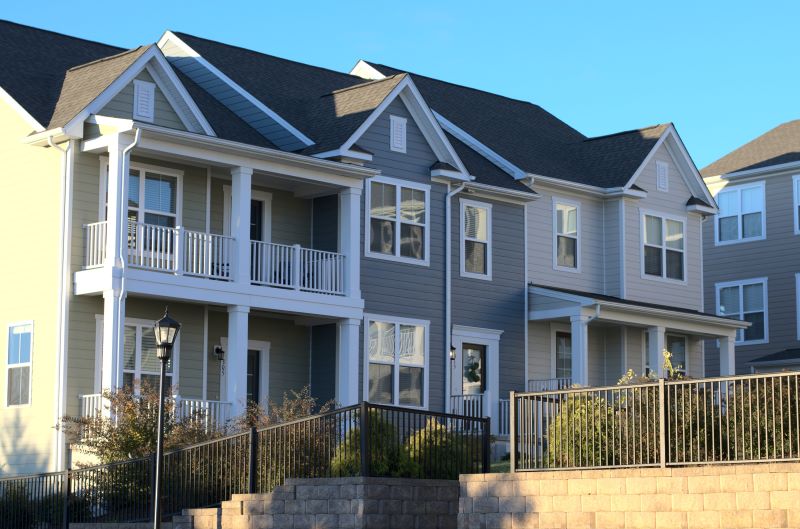
Investing in a multi-family investment property can be a lucrative venture when properly researched and planned out. At the same time, it can be a risky venture when little is known about a property, its location, and associated costs. So your best investment strategies will always come from proper research and due diligence. This applies whether you’re looking at a specific property or an area in general.
That being said, the best investment strategies are the same as they’ve always been. Proper analysis of a property and its area are critical to reducing risks and uncovering opportunities. Our access to real time data has never been greater, making it easier than ever to perform these analyses at a macro or micro level.
When trying to buy and/or develop properties in Boston you want to place close attention to the little details. Prices and rents can change dramatically from street to street. You are going to want to study a map of the Greater Boston area and figure out rents. Keeping notes of rents and property prices can help you make a great decision on your purchase.
Here are some tips on how to use this data in your real estate investing strategies:

Analyze Profitability
If you’re looking to analyze the profitability of a specific property or even an area in general, there are 2 formulas you need to know: Net operating income (NOI) and Cap Rate.
Net Operating Income
Net operating income (NOI) is a measure of a property’s cash flow. It’s calculated by taking the total revenue generated by a property in a year and subtracting the total expenses. If you know the average rent price in a given area, you can use this to project your annual revenue. Expenses include property taxes, homeowner’s insurance, HOA fees, and water utilities.
Cap Rate
Cap Rate is a measurement of a property’s overall profitability. It equals the total revenue generated by a property in one year divided by the current market value of the property. 5% is considered a good target to shoot for in terms of cap rate. Anything above 5% is often considered a good investment in the current economic environment. There are numerous other factors to consider, but it provides a good rule of thumb. Cap Rates in Boston have been at historically low levels primarily due to our lack of supply.
Property acquisition and growth has been an ongoing problem that requires us to quickly build a lot more properties. It is a challenging proposition due to limited land and vocal neighborhood groups against development. These barriers, among others, tend to always keep the inventory very low and nothing can alter the forces of supply and demand.
You can use both of Cap Rate and NOI formulas to compare different properties in a single area for profitability. You’ll need to do a bit of research on property tax rates, average homeowner’s insurance, and average rent prices for a given area, but that should all be part of your investment strategy anyway! Pay special attention to prevailing rents in the area and try to figure out if they are stagnant or moving upwards. See if you can get a handle on vacancy and availability rates.

Analyze Location
One of the most important aspects of profitable real estate investing is location. The general trajectory of an area’s real estate market is an important consideration for investors in the long run. There are some key area attributes that you need to research and analyze to determine where the best areas are to invest.
Proximity to Landmarks & Transport
A few we’ve already discussed. Average rent price, property tax rates, homeowner’s insurance, and median sale prices vary greatly from location to location, and all have a direct impact on a property’s cash flow and profitability. Proximity to local landmarks and public transportation can also have a big impact on yearly revenue as well. But there are more factors to consider.
Median Income Growth
Analyze the median income growth in an area compared to the median home price over time. If median income is keeping up with home price growth in a specific location, there may still be solid long-term investing opportunities within that market. Keep an eye on median home price to income ratios in a given location over time.
Migration Trends
Another important factor to consider in your long-term investing strategy is population flows and migration trends. The last few years of migration data has certainly corroborated the median sale price growth that has been recorded in some of the top metropolitan areas. This is particularly true in the southeast, especially in states Florida, Texas, Tennessee and Carolinas. Be on the lookout for real estate markets priced fairly within the top growing states in the US.
Perhaps people moving in droves to other states could be an indication of greater future growth. State economic policy matters. People generally leave high tax and onerous regulatory states to ones with more freedom and less taxes. Remember, generally speaking you are going to hold and rent your investment and build wealth over time. So it is always important to look at the longer term trends if you are considering investing in real estate in multiple states or areas.

Analyze Regulatory Environments
Some of the best multifamily investors have a keen eye for getting the most out of a property. They often understand the local zoning laws and can look at a multi- family investment property not just for what it is, but what it could be through repositioning the asset. If you envision how to turn a 2 unit home into a 3 unit home, you’ll have an potential ability to see profitability in a property that others may miss. Being able to repurpose an asset to it’s highest and best use can often create great returns.
In addition to zoning laws, an investor should be wary of any area where the regulatory environment isn’t landlord friendly. Metro areas with rent control or long eviction processes are not always the best places to invest in a multi-family home. Be sure to educate yourself on these regulatory factors before you decide to invest in a particular area.

Do Research Based on These Guidelines to Invest in Multi- Family Investment Properties.
So, if you’re planning on investing in a multi-family, follow these guidelines to evaluate any property you may have your eye on. By doing so, you can avoid some of the potential pitfalls that new investors fall into. Multi-family homes for sale in Boston have increased in value considerably over the past decade. However, there are still profitable investments to be found. Use these tips in your property evaluation, and you could land yourself an investment that can be lucrative for years to come. Don’t ever hesitate to reach out to a real estate professional that knows a lot about multi-family properties. The best real estate agents nearly always tend to be landlords themselves. They can give you candid advice on dozens of key factors to help you optimize and maintain your property for the highest returns.

Anthony Tse
Published April 13, 2022










